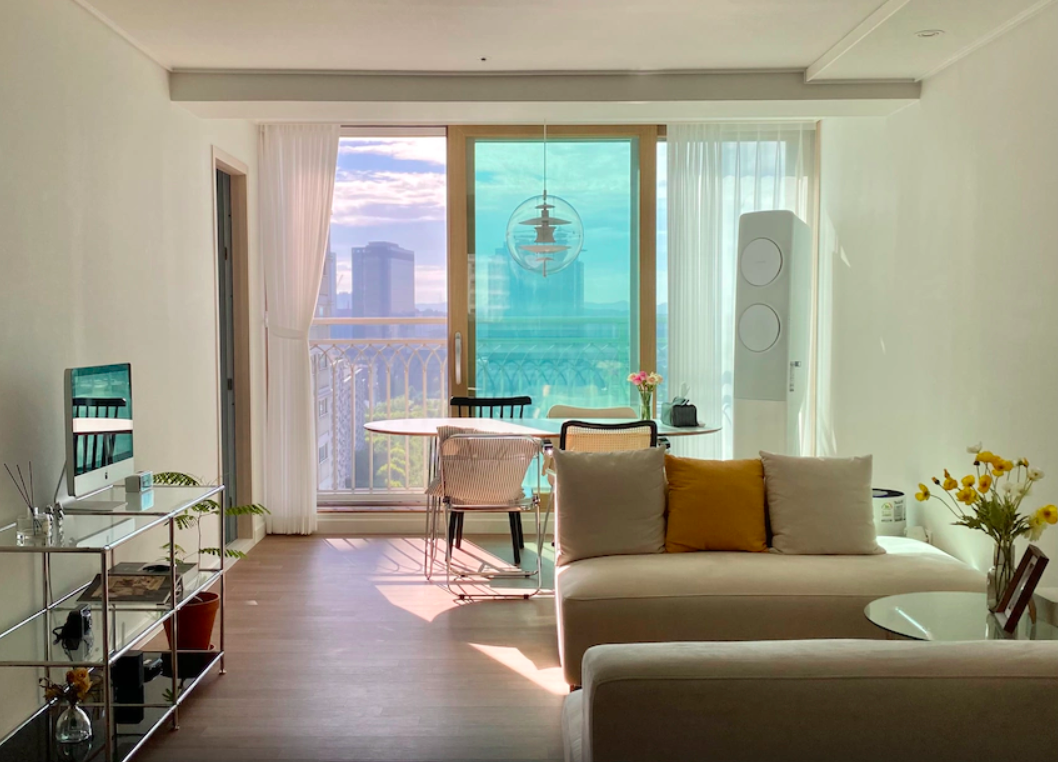An integral part of life in Korea used to be a bansanghoe 반상회, a monthly gathering of residents from a fixed number of households. Everyone took turns hosting the event, and all the married women—husbands were a rare sight on such occasion during my childhood—would cram into the hostess's place after dinner to discuss community issues over fruit slices and rice cake. In reality much of it entailed gossip and looking at how other people lived and what material things they had.
My mother always hated it when our turn was up. Neighbors commented on how outdated our furniture was, why we didn't have any fancy European porcelain plates for serving food, 'how a doctor's wife can live like this' and so on. Sometime in the early nineties she got fed up and refused to host another gathering ever again, even if it meant we had to pay a fine to the residents' association.
A lot changed in the last few years. The bansanghoe stopped, replaced by online bulletin boards. Even relatives started to spurn hosting customary family lunches for chuseok 추석 and seolnal 설날—the two major traditional holidays of the year—citing the convenience of eating out. A chance to see the lives of others, and to show ours in turn, for better or worse, seemed to vanish.
